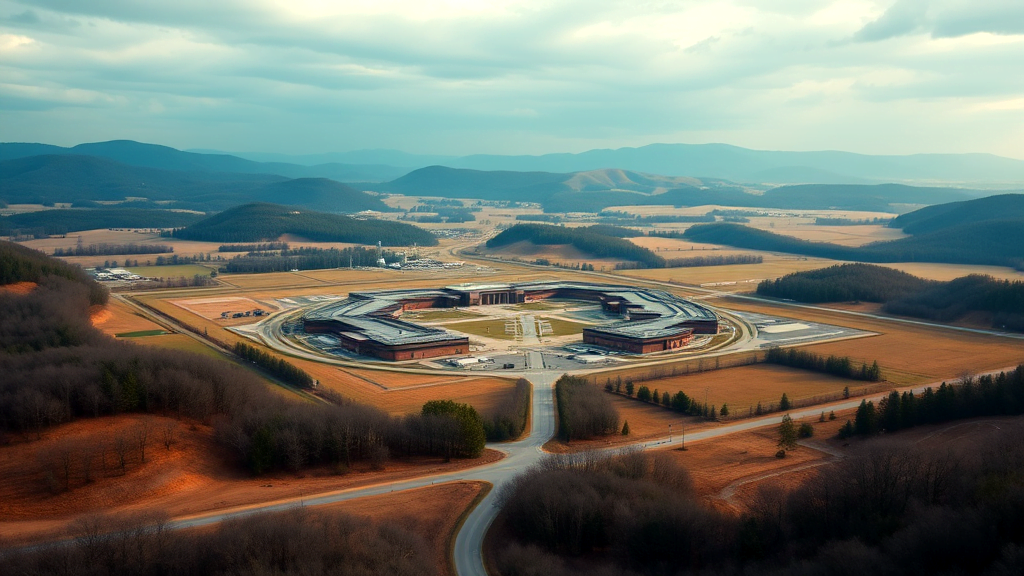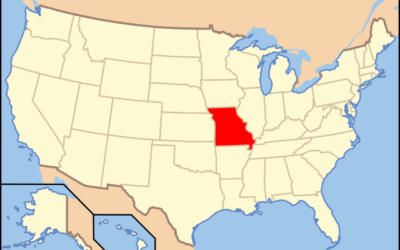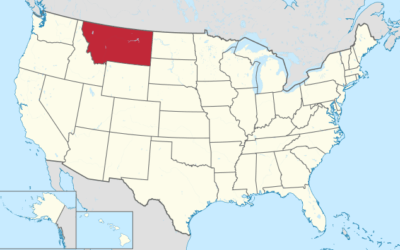Understanding Kentucky’s Incarceration Facts
Kentucky is grappling with a serious incarceration issue. Over the past decades, the incarcerated population increased significantly, with over 32,000 people behind bars by 2022. Kentucky’s incarceration rates are among the world’s most severe. This surge is fueled by economic challenges, especially in eastern Kentucky, where the decline of key industries has left many vulnerable. The criminal legal system has become a financial crutch for local governments. Kentucky prisons and jails are filled, partly due to these financial incentives. Meanwhile, educational opportunities in places like the Northpoint Training Center are limited, prolonging rehabilitation efforts. The Kentucky Department struggles with these challenges, highlighting the need for reform and effective education programs.

Historical Growth of Incarceration Rates
The steady climb in Kentucky’s incarceration numbers paints a concerning picture. In 1985, fewer than 10,000 individuals were incarcerated. Fast forward to 2022, and over 32,000 Kentuckians found themselves behind bars. The state’s correctional population, including probation or parole, reached 95,479. This makes Kentucky a leader in global incarceration rates. The Kentucky Department faces growing challenges, fueled by economic shifts and local governments’ financial dependencies on the criminal legal system. In eastern Kentucky, declining industries contribute to this complex scenario. Kentucky jails and prisons are overcrowded, with education programs lagging. The Northpoint Training Center exemplifies the need for more robust education programs, which could foster meaningful change. More details on global incarceration trends can be found here.

Key Factors Driving Incarceration in Kentucky
Economic challenges and financial incentives significantly influence Kentucky’s incarceration. Eastern Kentucky’s economic downturn, particularly in the coal and manufacturing sectors, has made communities vulnerable. The criminal legal system has become a revenue source for local governments. This often results in increased convictions for low-level offenses. Kentucky jails and detention facilities fill up, partly due to these financial drivers.
On the educational front, correctional institutions like Northpoint Training Center face hurdles. Inmates encounter long waits for educational programs, limiting rehabilitation. While options exist, they lack promotion, hampering potential benefits. Education programs lead to better outcomes, yet they remain underutilized in Kentucky prisons, prolonging systemic issues. Addressing these factors is crucial for positive change.
Economic Impact and Incentives
When considering the economic effects and motivations behind Kentucky’s incarceration, one can’t ignore the decline of coal and manufacturing, particularly in eastern Kentucky. This economic downturn has led local governments to lean on the criminal justice system for financial support. They’re like companies turning to discounts when sales drop. County jails see more inmates because they get paid per prisoner, creating a cycle of increased low-level convictions.
Moreover, this setup strains detention facilities due to overcrowding. Prison systems, like Kentucky prisons, become more stretched. While educational opportunities, such as those at Northpoint Training Center, exist, they remain limited. This limits incarcerated Kentuckians’ rehabilitation chances. Education programs lead to change, but they’re often sidelined in this cycle.

Disparities in Kentucky’s Prison System
Understanding the challenges within Kentucky’s prison system reveals stark racial and economic inequalities. The overrepresentation of Black individuals and low-income communities highlights a critical issue. While making up 8.6% of the population, Black individuals account for 21% of those incarcerated. Economic struggles and strict drug laws contribute to this disparity.
Moreover, incarcerated Kentuckians increased as local economies collapsed, with the criminal legal system stepping in as a financial crutch. Overcrowded detention facilities due to these policies amplify the problem. The lack of education programs leads to limited rehabilitation, hindering inmates’ chances of reintegration. Addressing these disparities is essential for meaningful change in addressing Kentucky’s incarceration rates.

Overrepresentation of Minorities and Low-Income Groups
Kentucky’s prison system faces challenges with racial disparities and economic inequalities. Black individuals, a small percentage of the state’s population, are heavily represented in its prisons. These disparities are stark, driven by economic struggles and severe drug laws. Low-income communities often find themselves caught in a cycle of incarceration, with systemic issues making it hard to escape. The criminal legal system acts as a financial crutch for struggling local economies, further complicating matters. Addressing these disparities is key to tackling incarceration rates. Effective reform requires understanding these underlying issues. Kentucky’s system needs a shift from punishment towards rehabilitation, ensuring fairness and justice for all communities.

Educational Opportunities in Correctional Facilities
Opportunities for education in correctional settings are few and far between. In Kentucky, such opportunities are like finding a needle in a haystack. Many inmates face years of waiting for even basic programs. This delay in access to education is a missed chance for true rehabilitation. While some correspondence courses exist, they are as rare as hen’s teeth. The focus on punishment over growth is glaringly evident. These limitations do not help reduce incarceration rates.
The criminal legal system needs a shift in mindset. Investing in inmate education could change lives and reduce repeat offenses. Education is a light at the end of the tunnel, yet it’s dimmer than a candle in the wind.




0 Comments